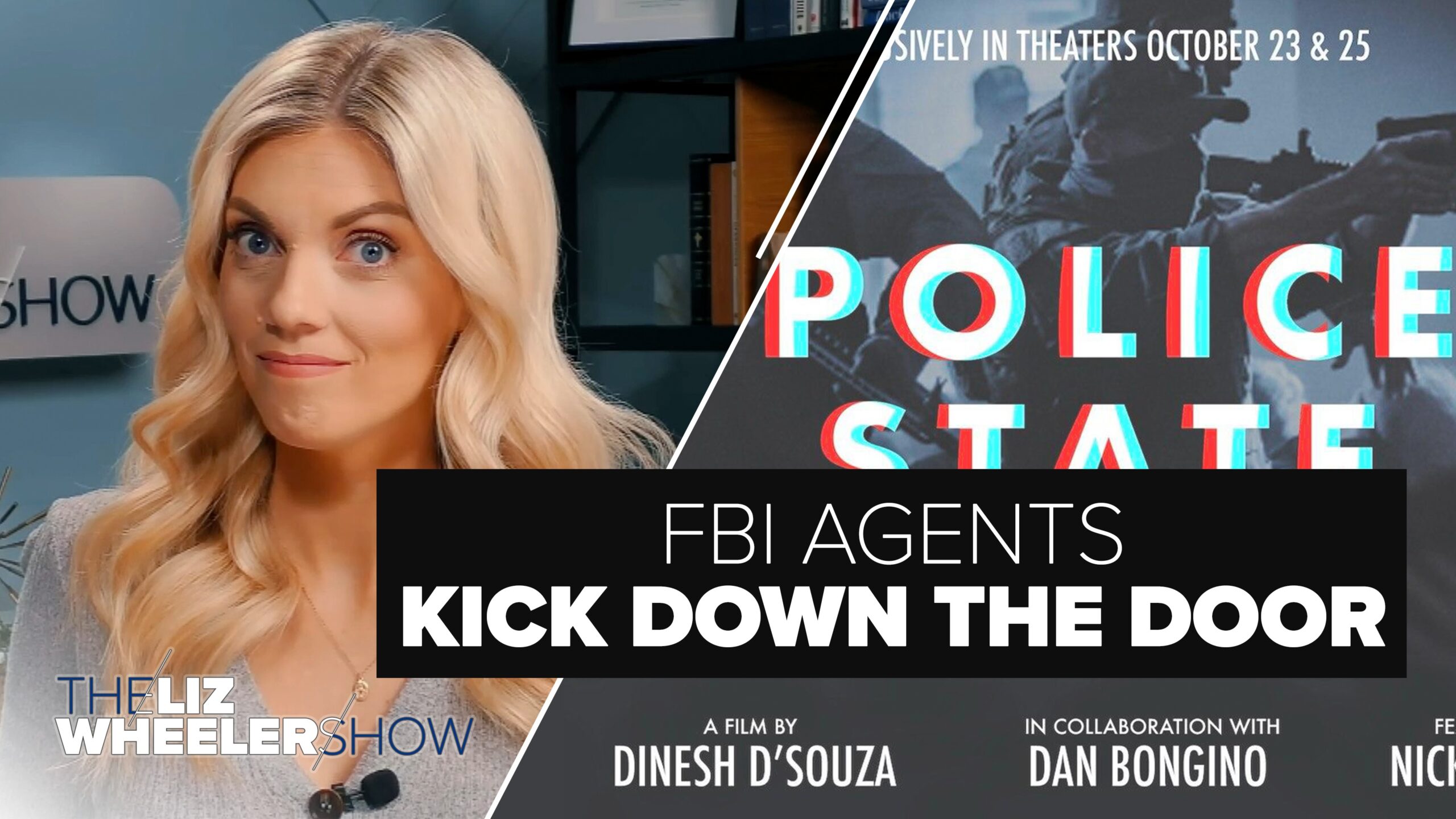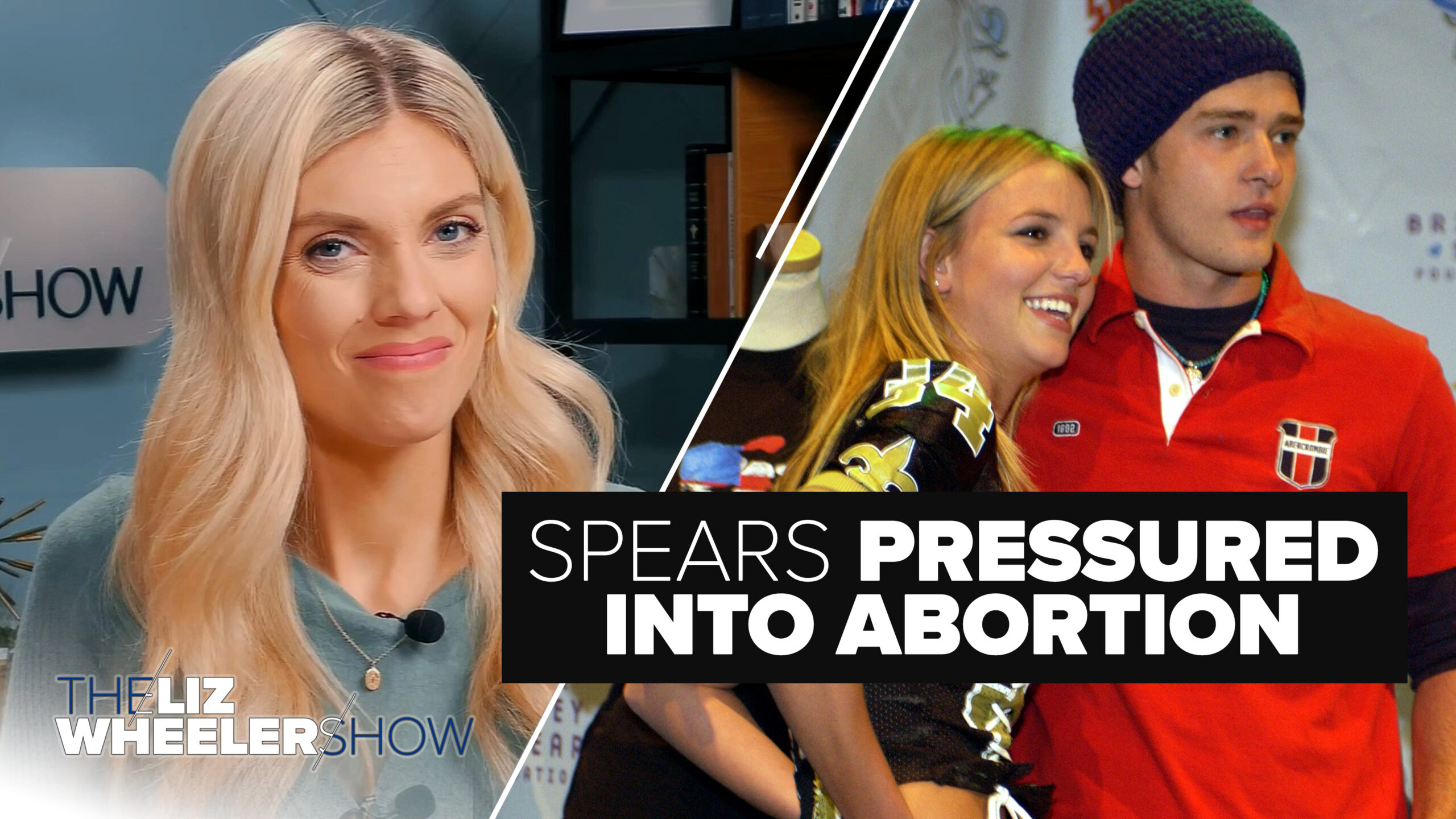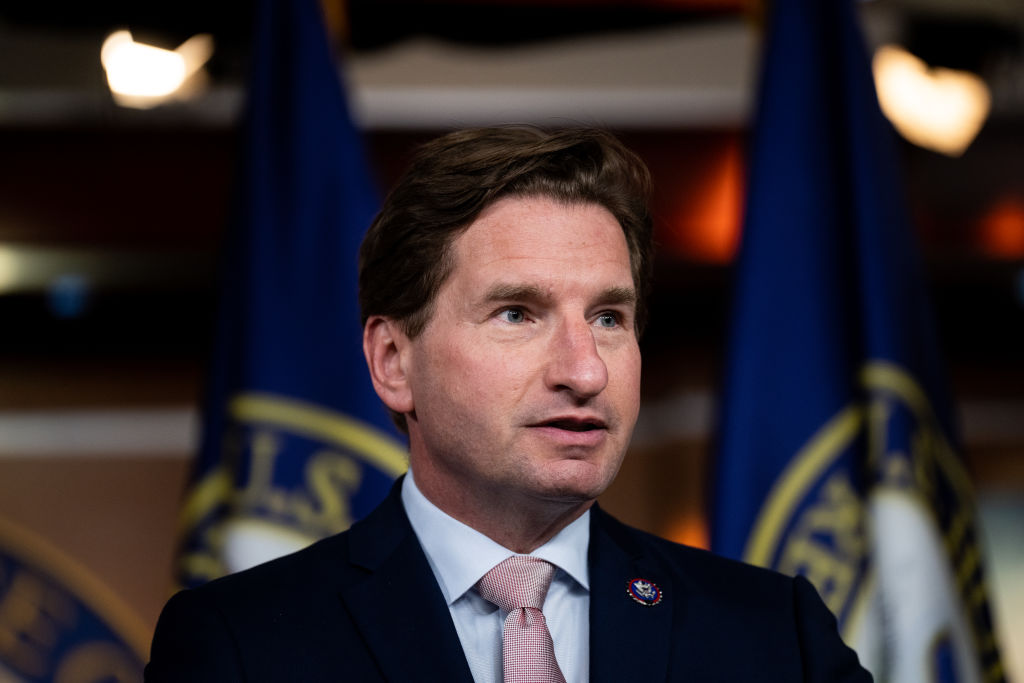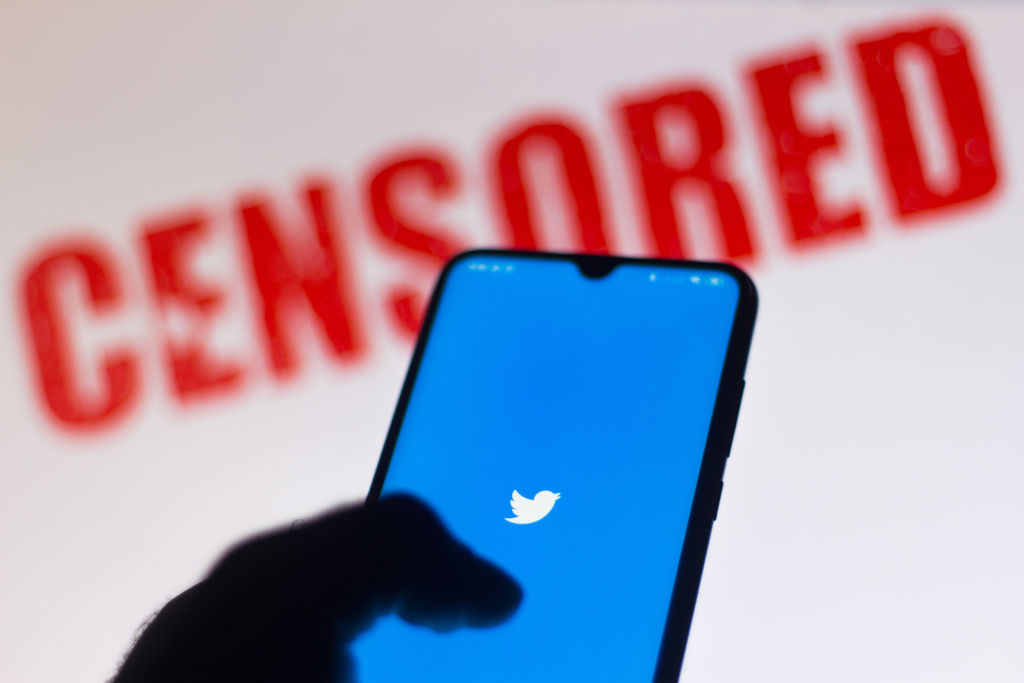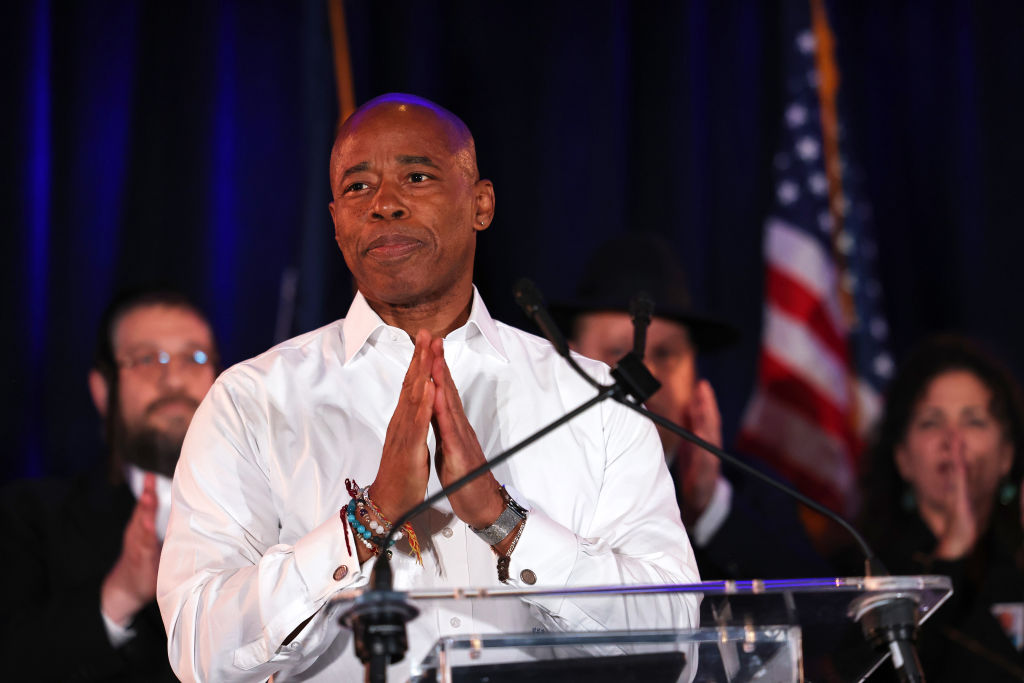On March 10th, Silicon Valley Bank (SVB) failed in spectacular and sudden fashion, becoming the second-largest bank to do so in the history of the United States. While virtually everyone knows of SVB’s failure, not everyone understands exactly why Silicon Valley Bank failed. Many have blamed SVB’s environmental, social, and governance policies or “stakeholder capitalism” for the bank’s sudden collapse, but these are really just symptoms of the bank’s ongoing financial mismanagement in the face of catastrophic rate hikes rather than the underlying cause of SVB’s downfall.
SVB’s failure highlights the immense risks facing our banking system, and the Biden administration, Congress, and the Federal Reserve share much of the blame. The bank failed primarily because it mismanaged its interest rate and duration risk by seeking yield through investments in high-duration, long-maturity assets.
These investments were made in a bid to increase the bank’s net interest margin and thereby jack up its stock price and the stock options held by its management. However, the bank made these investments in the midst of massive depositor and asset growth that was made all the worse by its concentrated depositor base of venture capital firms and tech startups. The accounts of these customers were far larger in size than accounts of the average bank, with most accounts well above FDIC insurance limits. As a result, SVB faced a huge risk of deposit flight from customers whose accounts were primarily overnight demand deposits well in excess of insurance limits, creating the perfect mix for a bank run.
The only thing missing was a sudden and unexpected interest rate move, which is where Biden, Congress, and the Federal Reserve come into the story. Over the past year, the Fed has increased interest rates at its fastest pace in recent history, from zero early last year to the current rate of more than 4.5 percent. It did so in response to inflation brought on by reckless spending programs initiated by Biden and rubber-stamped by Congress. But unexpected spikes in interest rates can wreak havoc on the balance sheets of banks as the higher rates erode the value of fixed-income securities that compose a bank’s assets. As we will see, these rate hikes have endangered every aspect of our banking system.
The prices of these interest-bearing securities are inversely related to rates. As interest rates move higher, the prices of fixed-rate securities such as bonds and mortgage-backed securities fall. The lower a security’s price, the higher its yield or interest rate. And the longer the duration that a fixed income portfolio has, the greater the impact from rates.
SVB had experienced explosive growth, with total assets increasing from $115.5 billion in 2020 to $211.5 billion in 2021, an astonishing growth of 83 percent in one year. Total deposits at the bank went from $102 billion to $189 billion in 2021, a growth of 85 percent over 2020. Put very simply, a bank makes money by taking in deposits and then uses that money to make loans, along with investments in interest-bearing securities.
The interest on the loans along with interest from its investments provides the bank with a level of interest income that is higher than its interest expense, what it pays its clients to attract the deposits. The difference between what a bank earns and what it pays is net interest income, or spread. The higher the spread, the more money a bank makes.
But here’s the thing: SVB’s asset growth was so explosive that it simply couldn’t make loans quickly enough. So it was forced to invest an ever-increasing amount of its assets into low interest-bearing government and agency securities, from $49 billion in 2020 to $128 billion in 2021.
“A study released on March 13 took a deeper look at the unrealized losses banks were likely holding. The study found that actual losses to banks’ security holdings were $780 billion, not $620 billion as estimated by the FDIC.
But the authors went deeper, rightly noting, “Loans, like securities, also lose value when interest rates go up.”
They found that total unrealized losses as of December 2022 were $1.7 trillion. In a chilling warning, the authors noted that “the losses from the interest rate increase are comparable to the total equity in the entire banking system.” We’re not out of this banking crisis. In fact, it may be just the beginning.”







